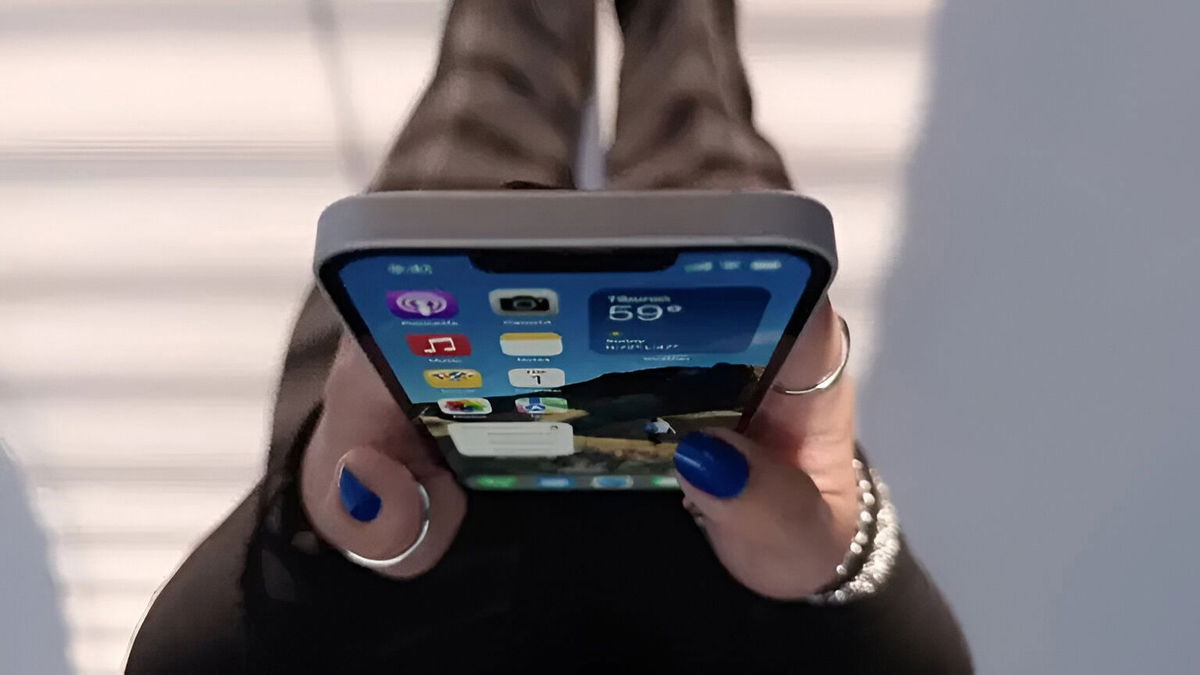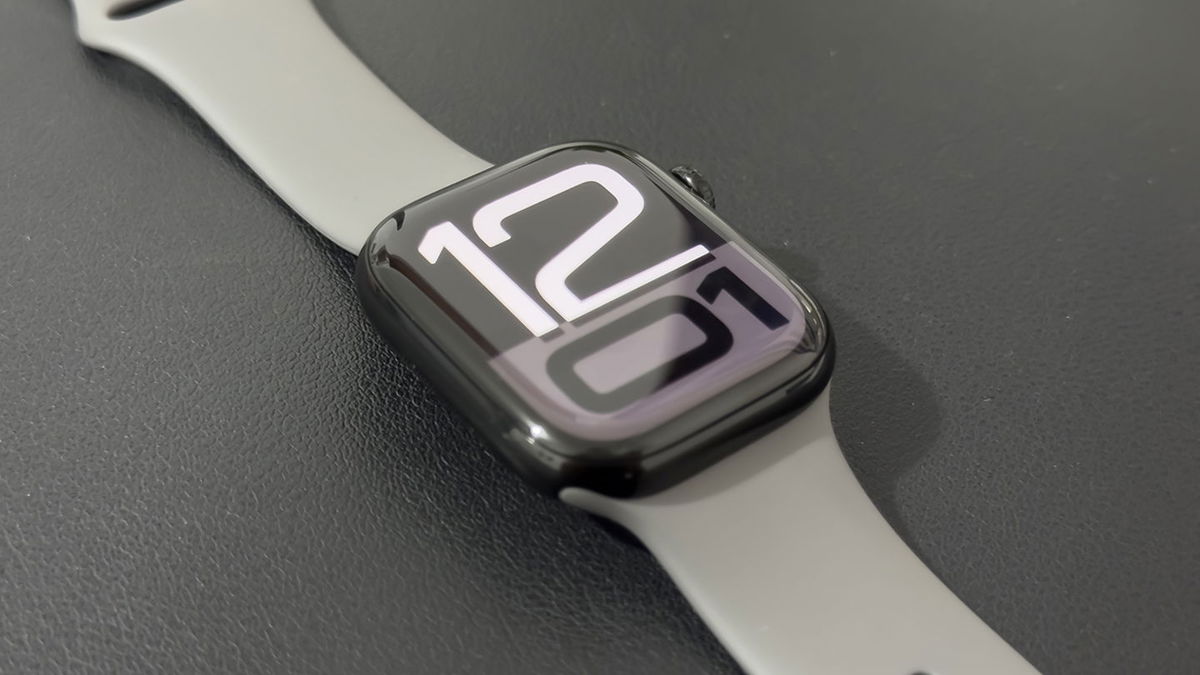Recently I went to get my hair cut again, and as usual, at the entrance to the hairdresser, I saw a rotating column with red, blue and white stripes.
This element can be found at every hairdresser or barbershop. We have to admit that the three-colored column is not a symbol of a place where specialists work on appearance. But if you start paying attention, you can note an interesting fact: such columns will not be found at the entrance to beauty salons and nail salons.
So why is it only barbershops that install such a post at the entrance? I’m sure if you ask “what is this colorful thing“A hundred people, not one will answer you clearly. But this symbol appeared in the Middle Ages and for several centuries was firmly associated with barbers and hairdressers.
So let’s go and figure it out.
This is offtopic. If you are not interested, you can read other articles from this section.
Where did the barber pole come from?
 An engraving depicting a barbershop. Find the barbershop yourself 🙂
An engraving depicting a barbershop. Find the barbershop yourself 🙂
Let’s start with the main thing: this thing is called a “Barber’s pole”, or in Russian “barber’s pole”. Not a “pole”, but a pole, because in the Middle Ages in Europe this element was a real full-fledged large pole that stood at the entrance to every barber shop.
Now you may occasionally come across the word “barber”, which is a synonym for a hairdresser or barber. And then, around the 15th century, the profession of a barber turned out to be a mixture of a barber and a surgeon. Yes, if you needed a tooth extracted, a wound bandaged, or even a limb amputated in medieval Europe, you went to the barber.
Of course, you could also get a haircut and trim your beard from him.
It is interesting that a barber was not a full-fledged doctor. He was a person who did this kind of “dirty” work, when a client could be bled. Certified doctors of that time sincerely disdained to do full-fledged surgery, preferring to observe rich patients and conduct consultations. And some could not cut the body and stain it with blood for religious reasons, observing the clergy.
 Barber at work. The oldest image that could be found on the Internet.
Barber at work. The oldest image that could be found on the Internet.
That’s why barbers were irreplaceable: most of them came to this profession after the war, having a wealth of experience in providing assistance in field conditions. They were not afraid of blood and other horrors, so the services of such people were in demand among the educated population.
So imagine yourself somewhere in England. It’s the 15th century and you urgently need to have bloodletting to lower your blood pressure, your head is just splitting.
You go to the barber, lean against a pole to stimulate circulation, and watch as the barber begins to apply leeches to your body.
 The pole is tilted so that you can dry the bandages. And hold on with your hand.
The pole is tilted so that you can dry the bandages. And hold on with your hand.
In memory of those times, the “barber pole” in modern barbershops had a top nickel-plated “cap”. This is a reference to a jar of leeches.
The nickel-plated lower part of the modern barber’s stool symbolizes the container into which the blood flowed. Most likely, some kind of bronze bowl.
Now that we’ve sorted out the design, let’s move on to the colors.
Why is a barber pole red, white and blue?
 Modern barbershop symbolism is very symbolic.
Modern barbershop symbolism is very symbolic.
After the procedures, the barber was left with dirty bandages that were not thrown away, but washed and dried. These bandages were dried on that very pole at the entrance to the barber shop, flying up in the wind and wrapping around that pole.
Since the bandages were mostly blood stained, that is, red, this is why one of the stripes on the modern Barber’s pole is red.
In general, initially decorative barber poles had only two colors – white and red, which symbolized blood and bandages. And even today in European cities you can find such. But then in Amsterdam during the Renaissance, barbers began to add blue to these colors, and all together again:
🔴 Red: This is where bloodletting occurs.
⚪️ White: teeth are extracted here
🔵 Blue: haircuts and shaves here
There is a theory that the white color was a warning that clean water was used during the procedures, the room was more or less sterile, so the risk of catching some kind of blood poisoning was minimal. But this is not certain.
 In England you can find two-colored pillars.
In England you can find two-colored pillars.
And there is also a theory that this is the color combination that suits us from America (Color of the American flag), where the decorative “hairdressing poles” originally appeared.
And there is some truth to this, because it was in the USA that the popularization of the barbershop symbol called the Barber’s Pole took place.
How Decorative Hair Styling Posts Became Popular
 The lamp on top of the barbershop indicated that a male hairdresser was working. If the lamp was not lit, it meant that the hairdresser was resting.
The lamp on top of the barbershop indicated that a male hairdresser was working. If the lamp was not lit, it meant that the hairdresser was resting.
It is clear that with the development of technology, the tricolor poles symbolizing medieval services should have been forgotten. So why, even in the 21st century, are they distinctive accessories for barbershops, and not an image of scissors, for example?
We have an American named William Marvey, who worked for the Minnesota Decorative Barber Flooring Company in 1936, to thank for this.
 William Marvey in front of his barbershops.
William Marvey in front of his barbershops.
In 1950, William Marvy redesigned the barber pole, inspired by the man he was wearing. That’s when the metal caps on both sides appeared, representing vessels with leeches and blood. Thanks to the mass production of such poles by the William Marvy Company, the Barber’s Pole has survived to this day.
This decorative rotating pole by William Marvey was so popular with Americans that its steel stood at the entrance to every beauty salon. So, at the legislative level, the US authorities banned such practices, allowing the installation of “hairdressing poles” only in barbershops.
Then at some point in the US, a law was passed banning the ban on outdoor signs in many states, so the company decided to make cool poles. Today, the William Marvy Company brand produces about 500 decorative poles a year, focusing more on disinfectants and consumables for barbershops and beauty salons.
This is the story of the symbol that we see every day on the streets of the city. Now you know more and can tell your friends about the history of the “hairdressing pole”.
Source: Iphones RU
I am a professional journalist and content creator with extensive experience writing for news websites. I currently work as an author at Gadget Onus, where I specialize in covering hot news topics. My written pieces have been published on some of the biggest media outlets around the world, including The Guardian and BBC News.










